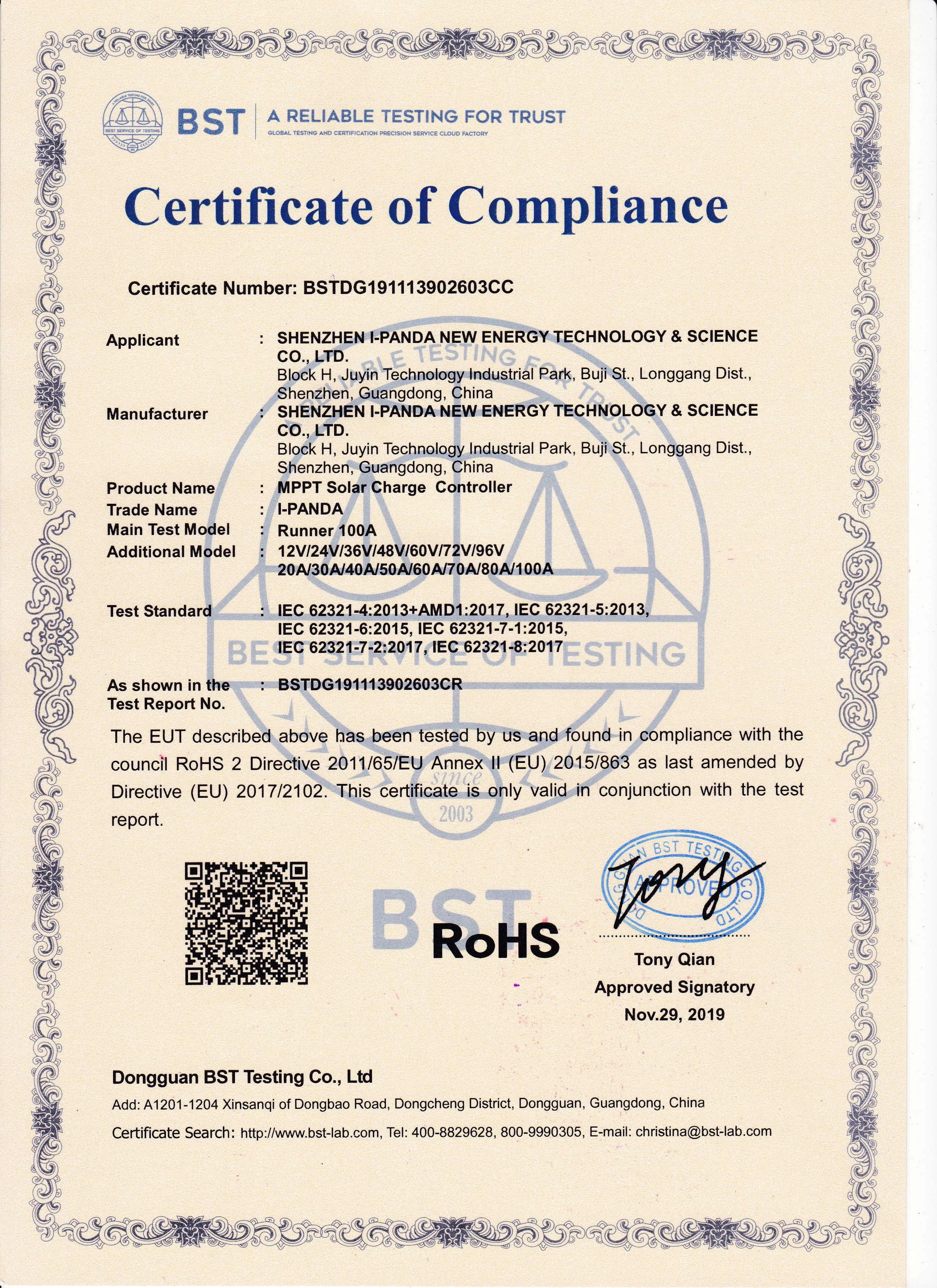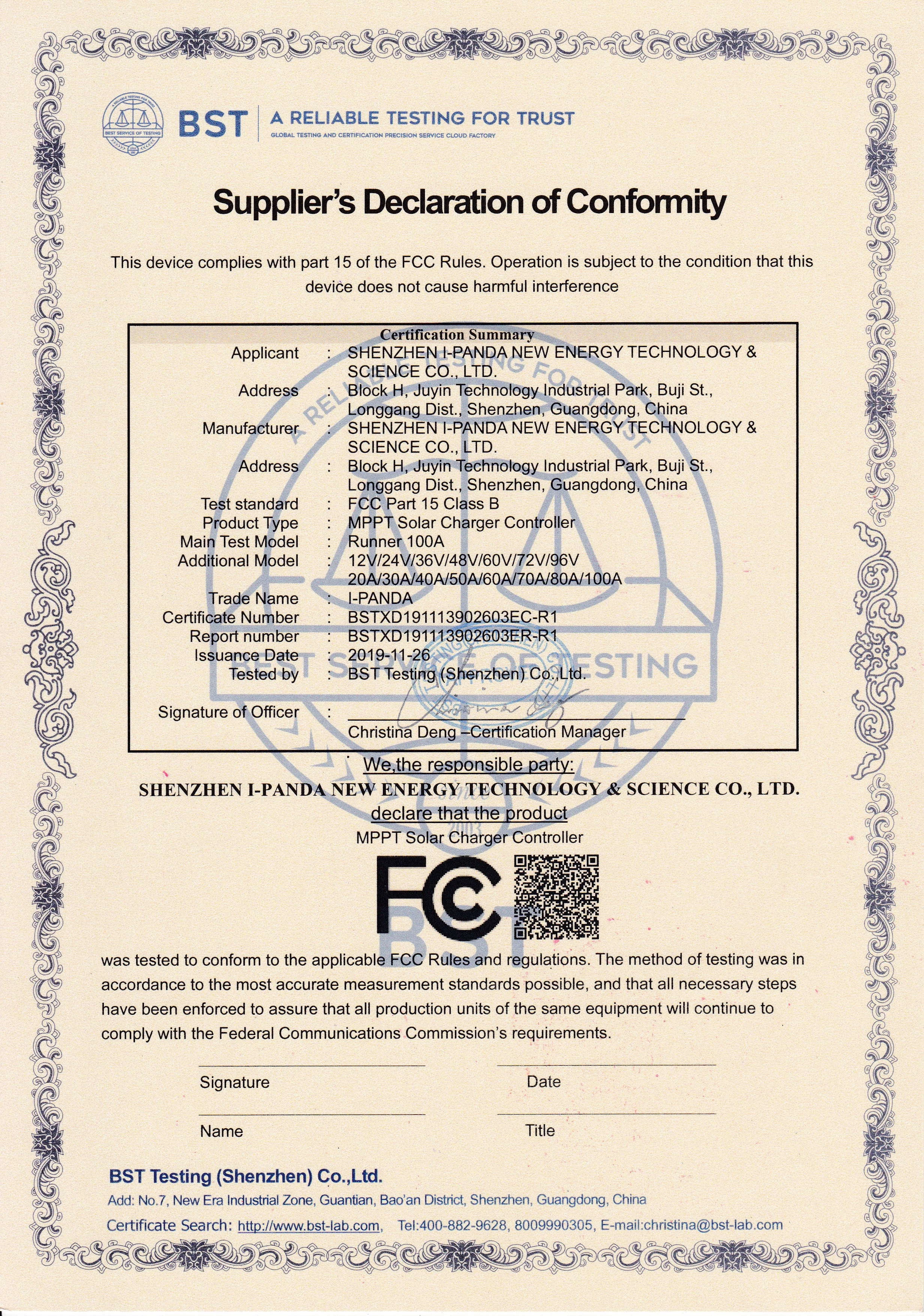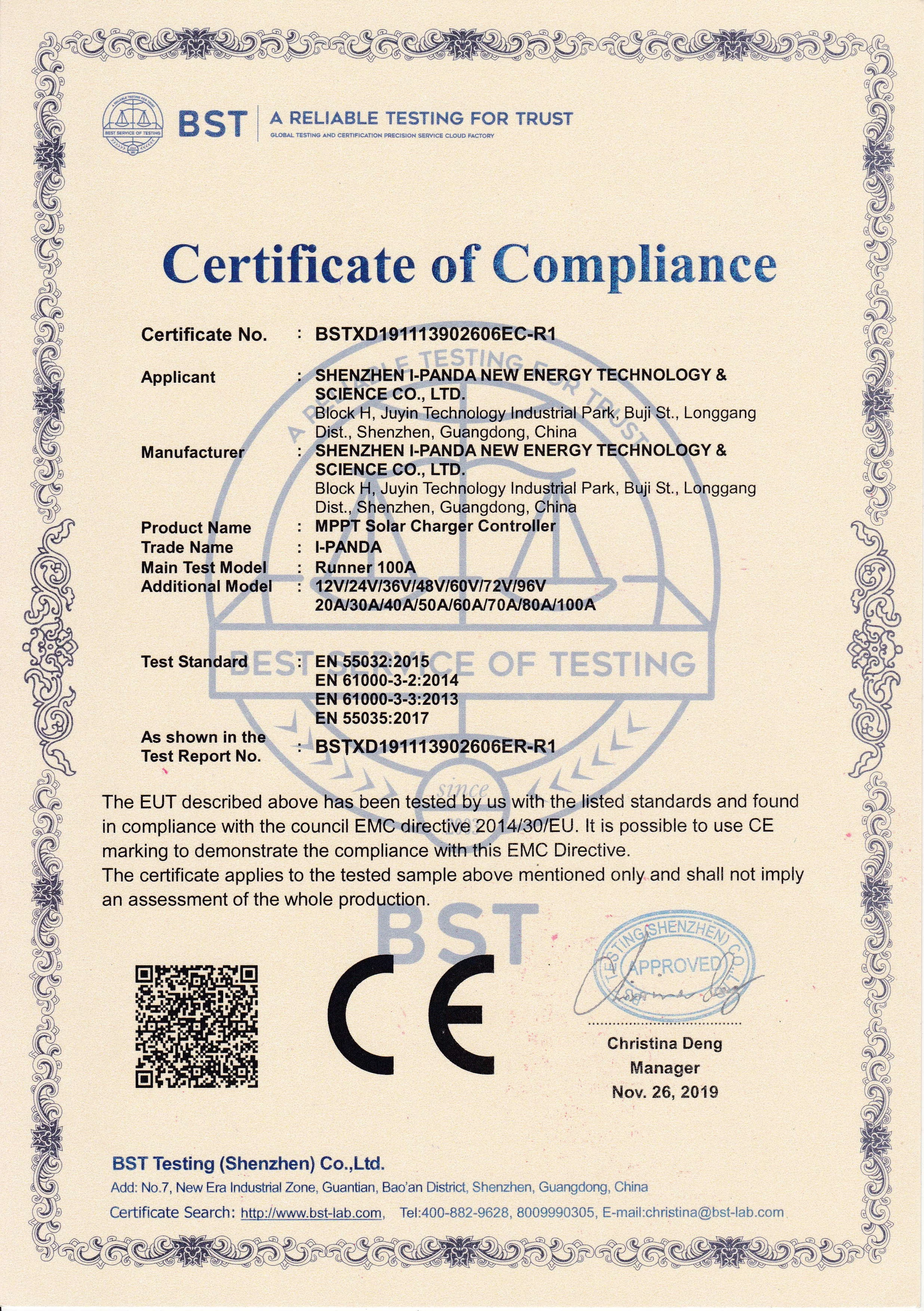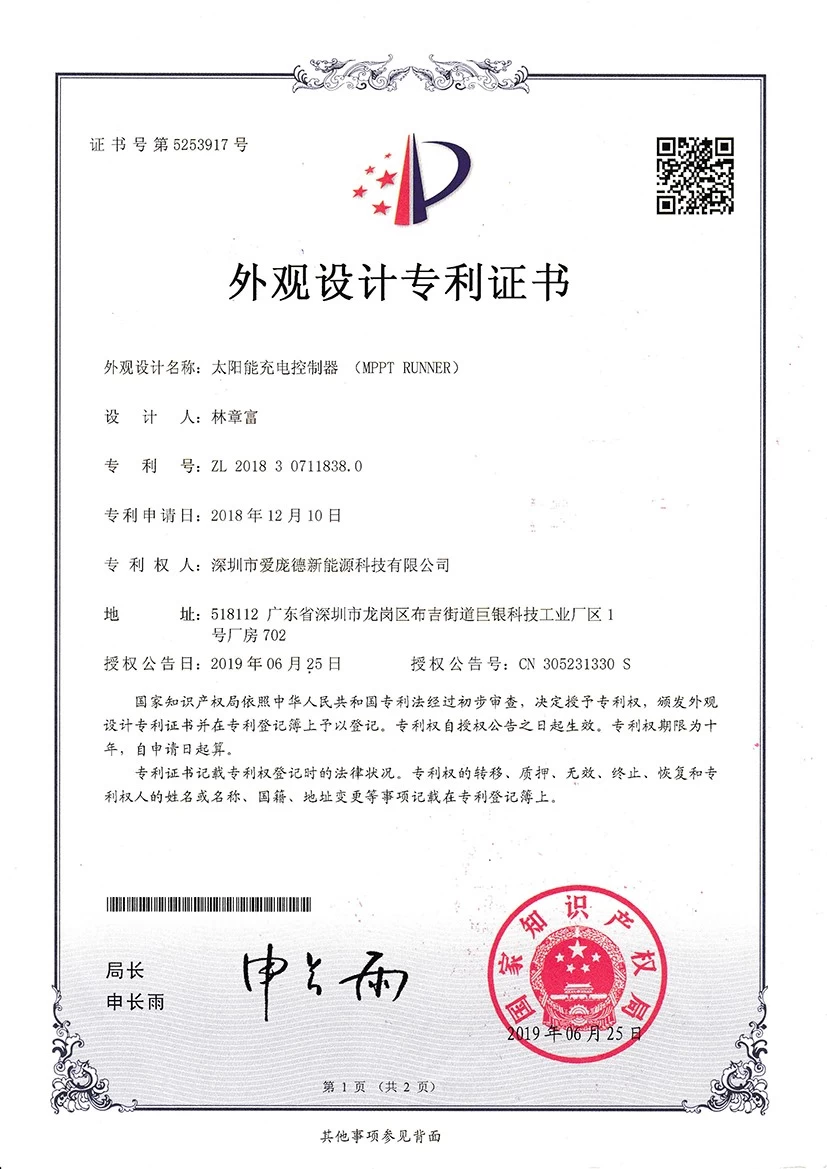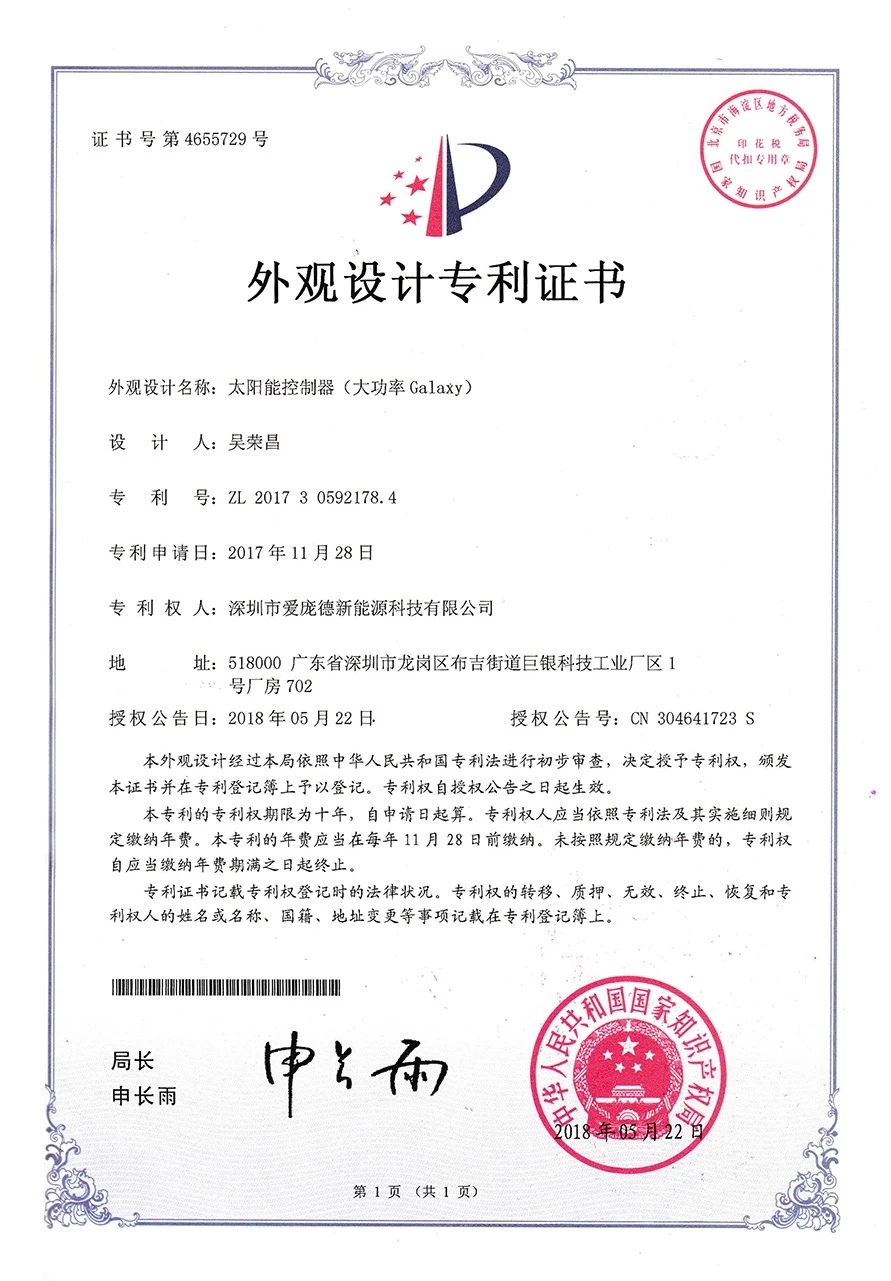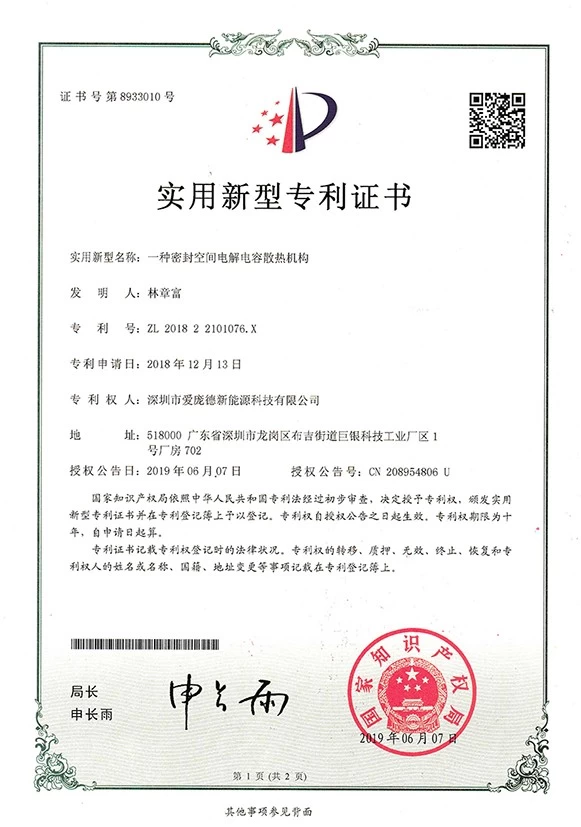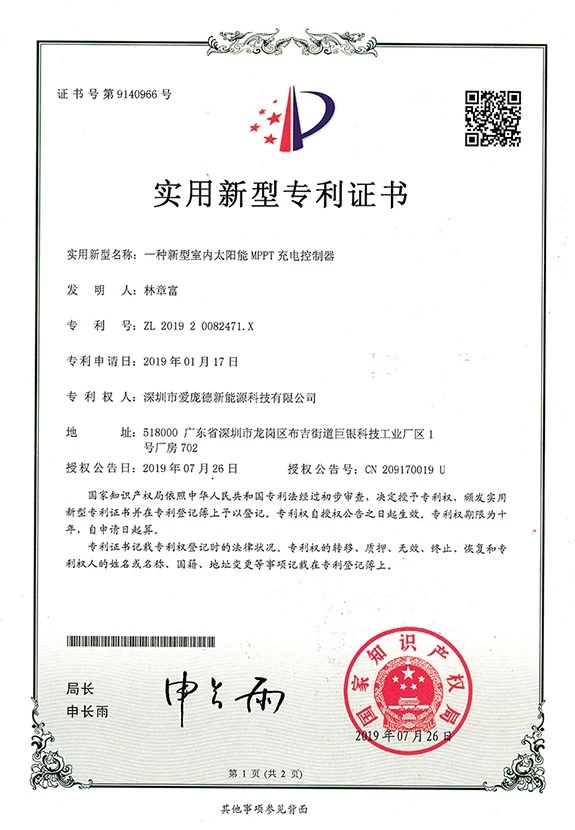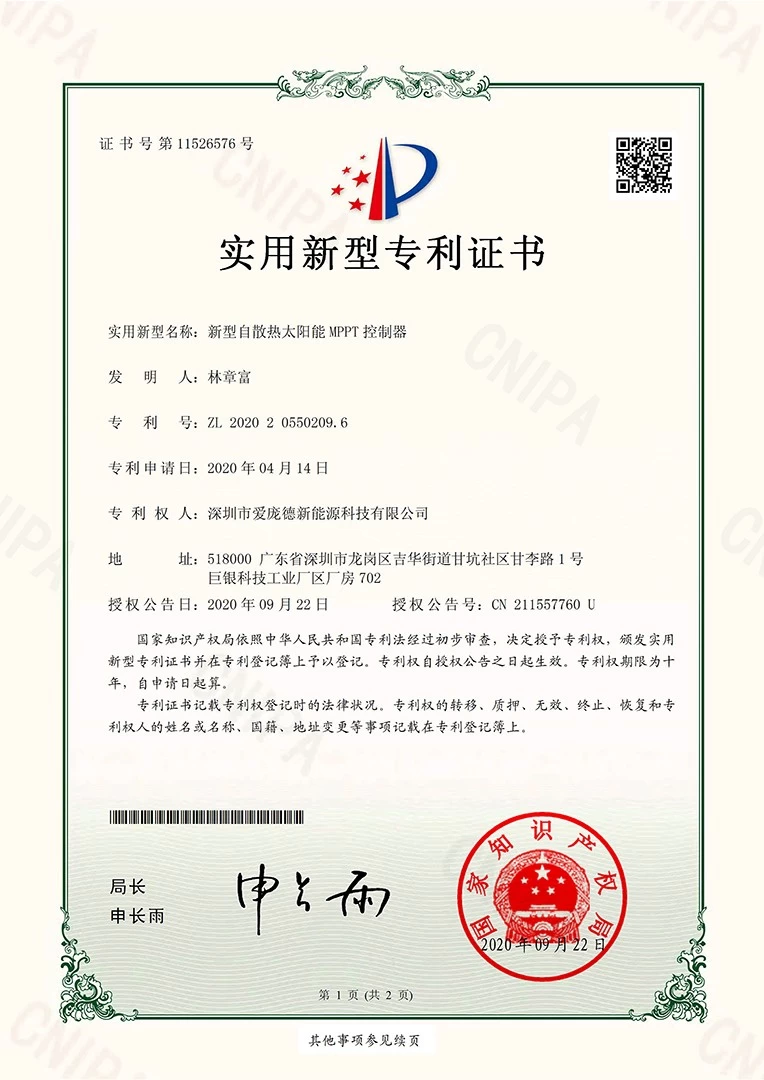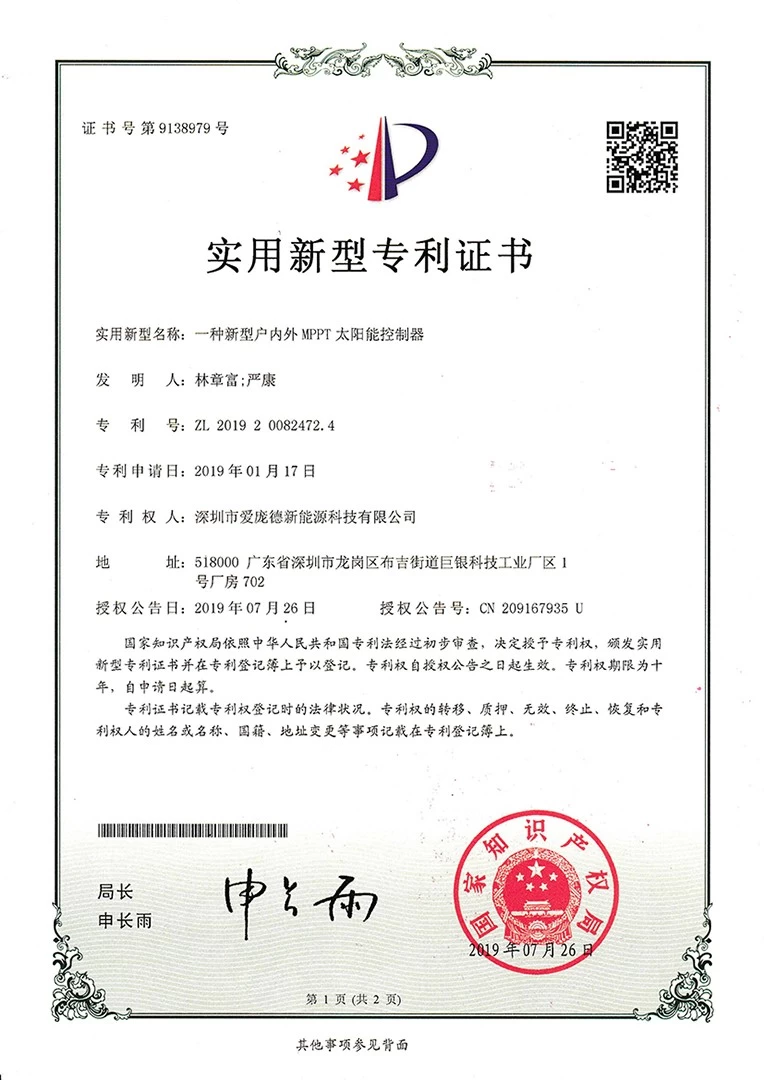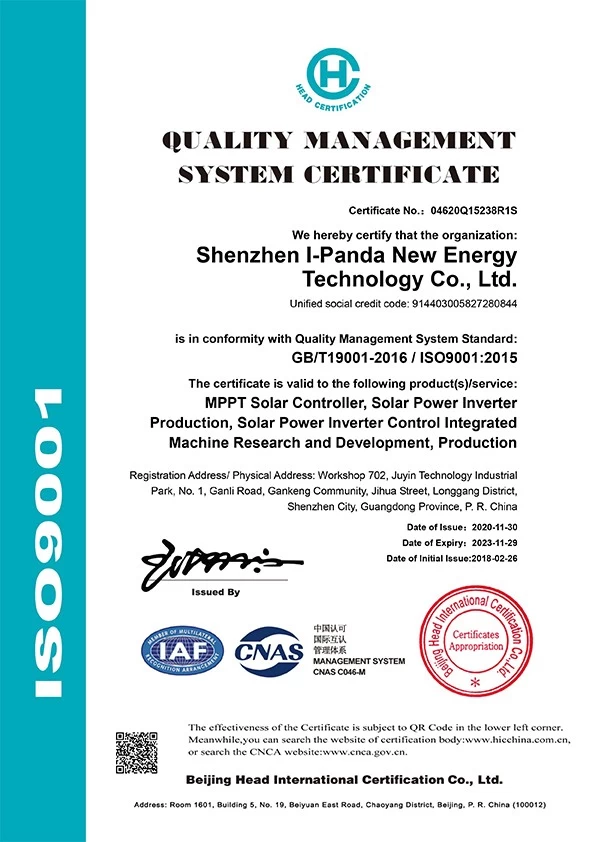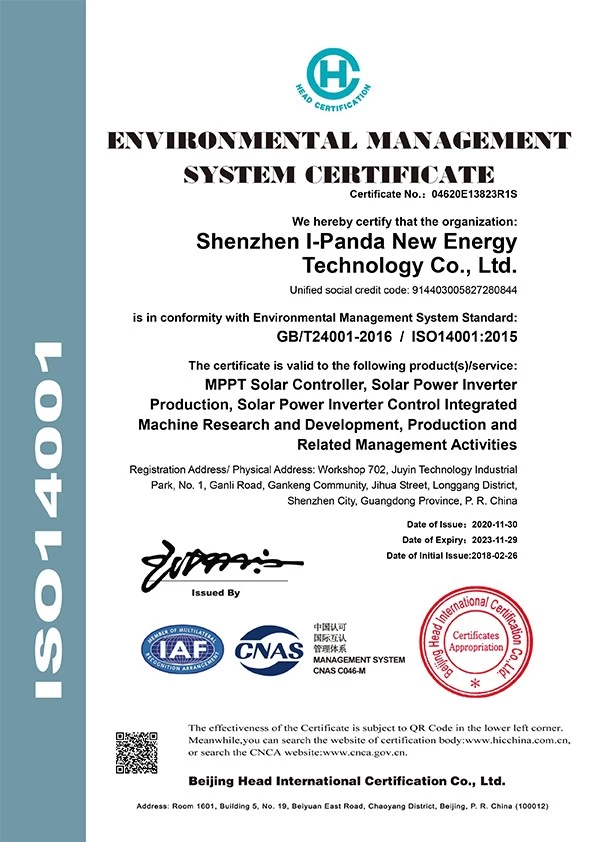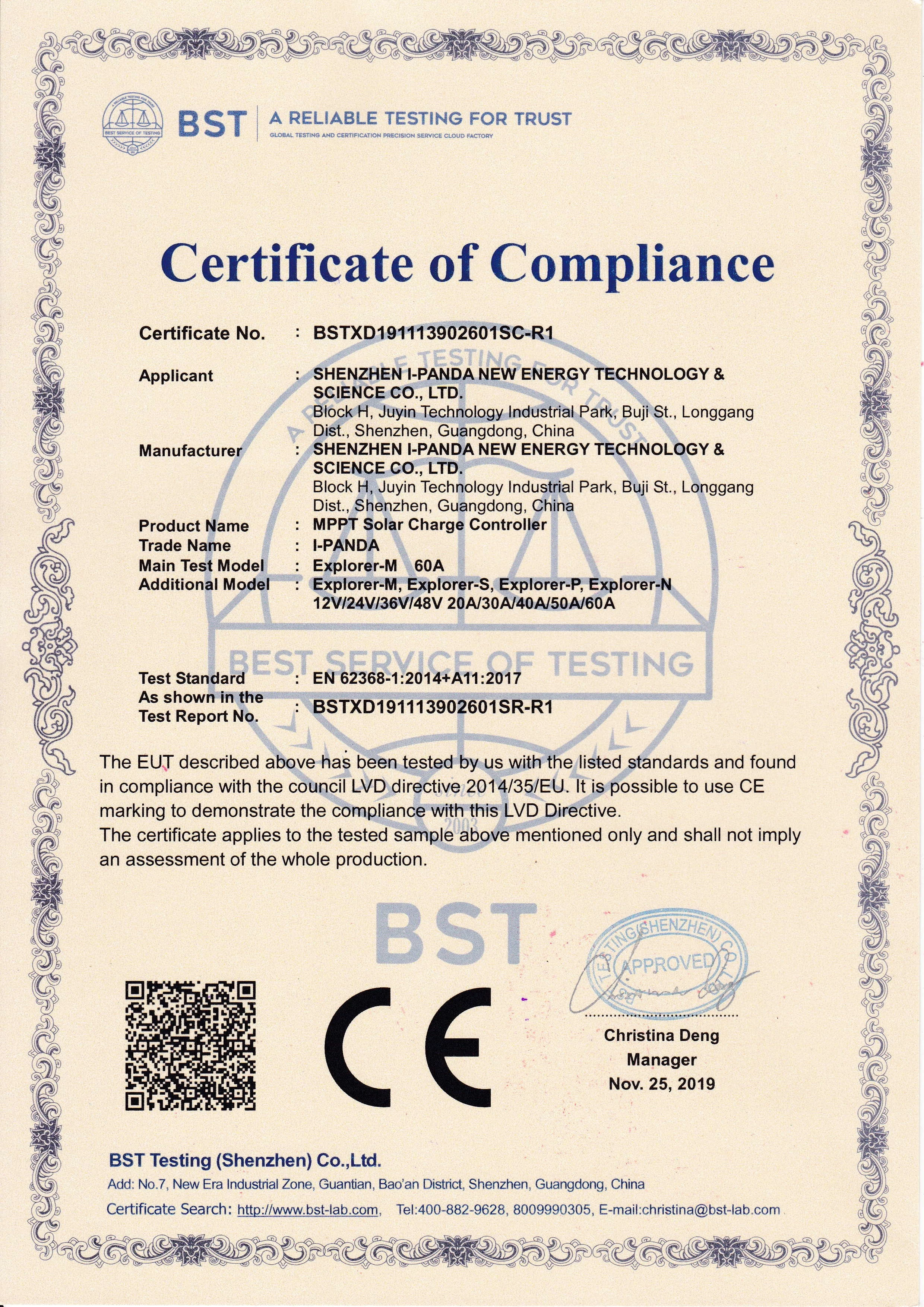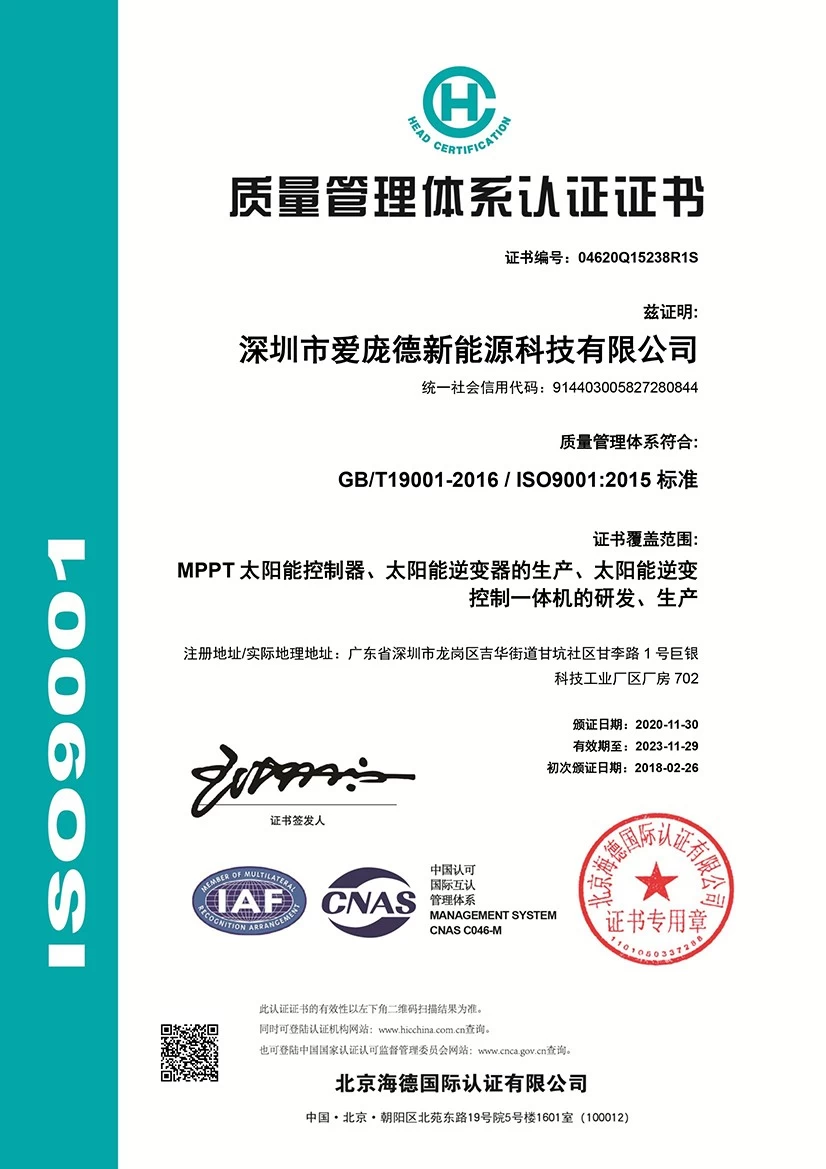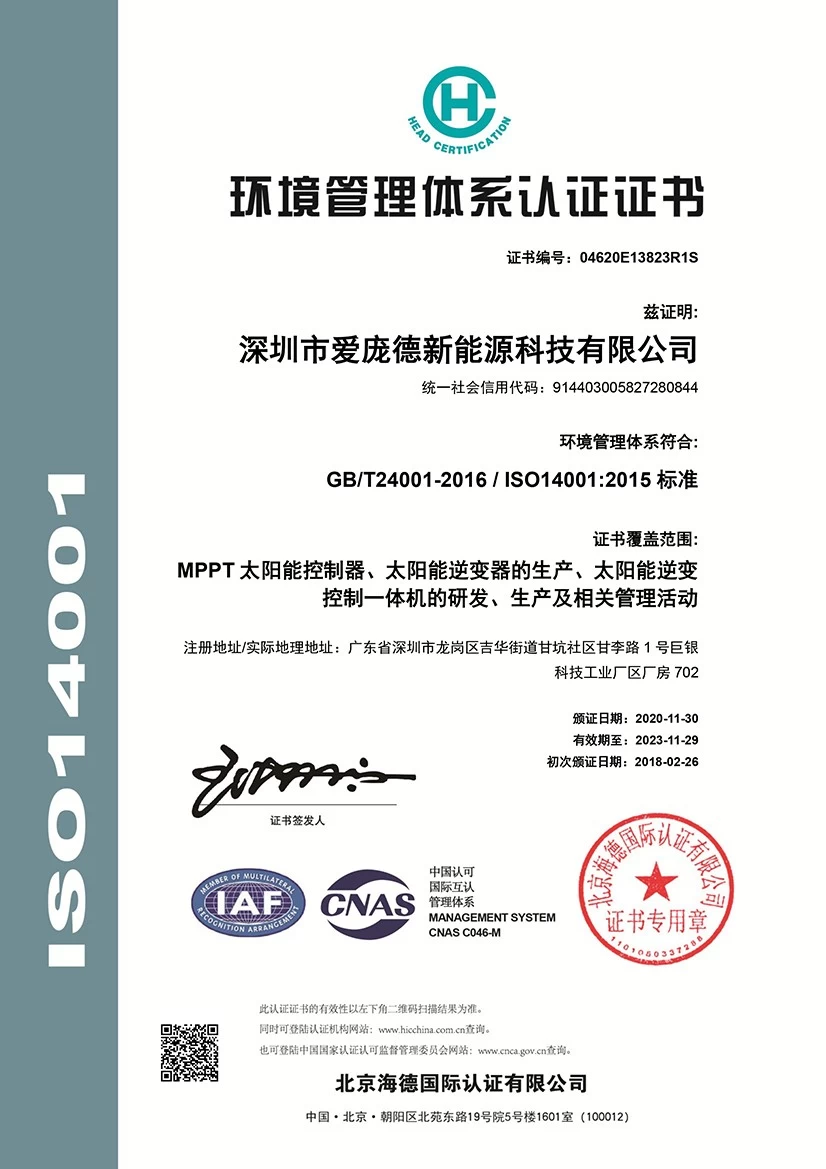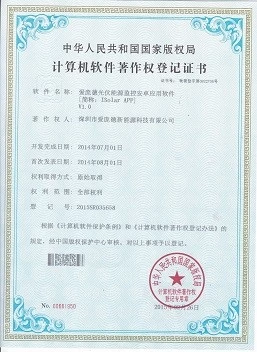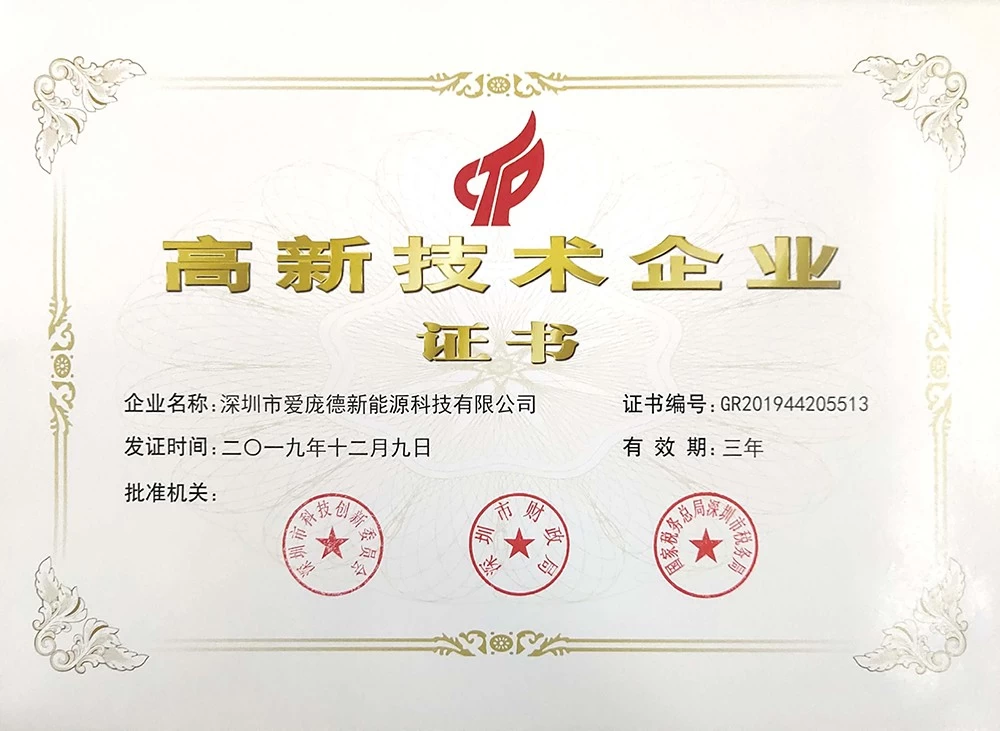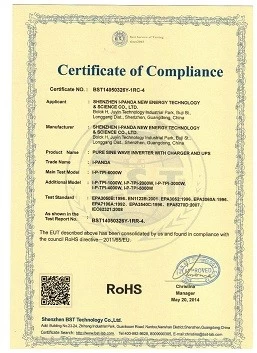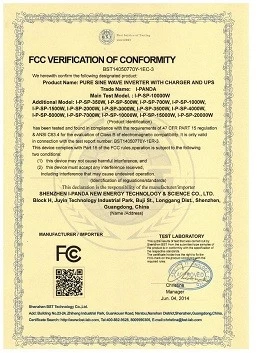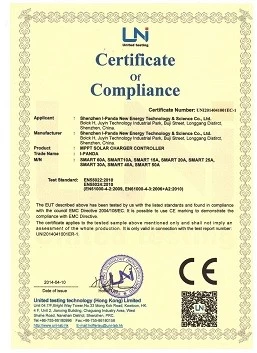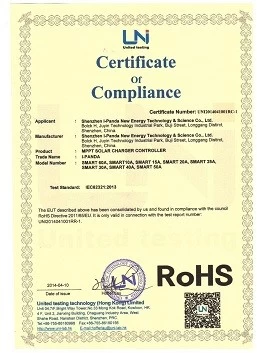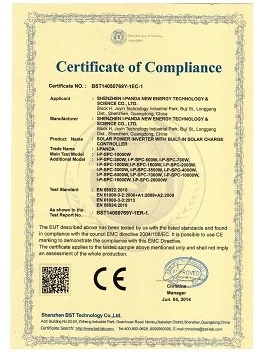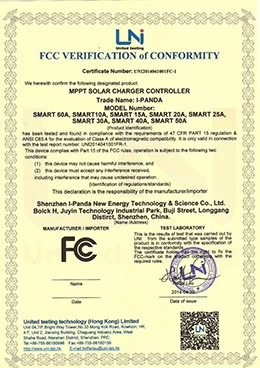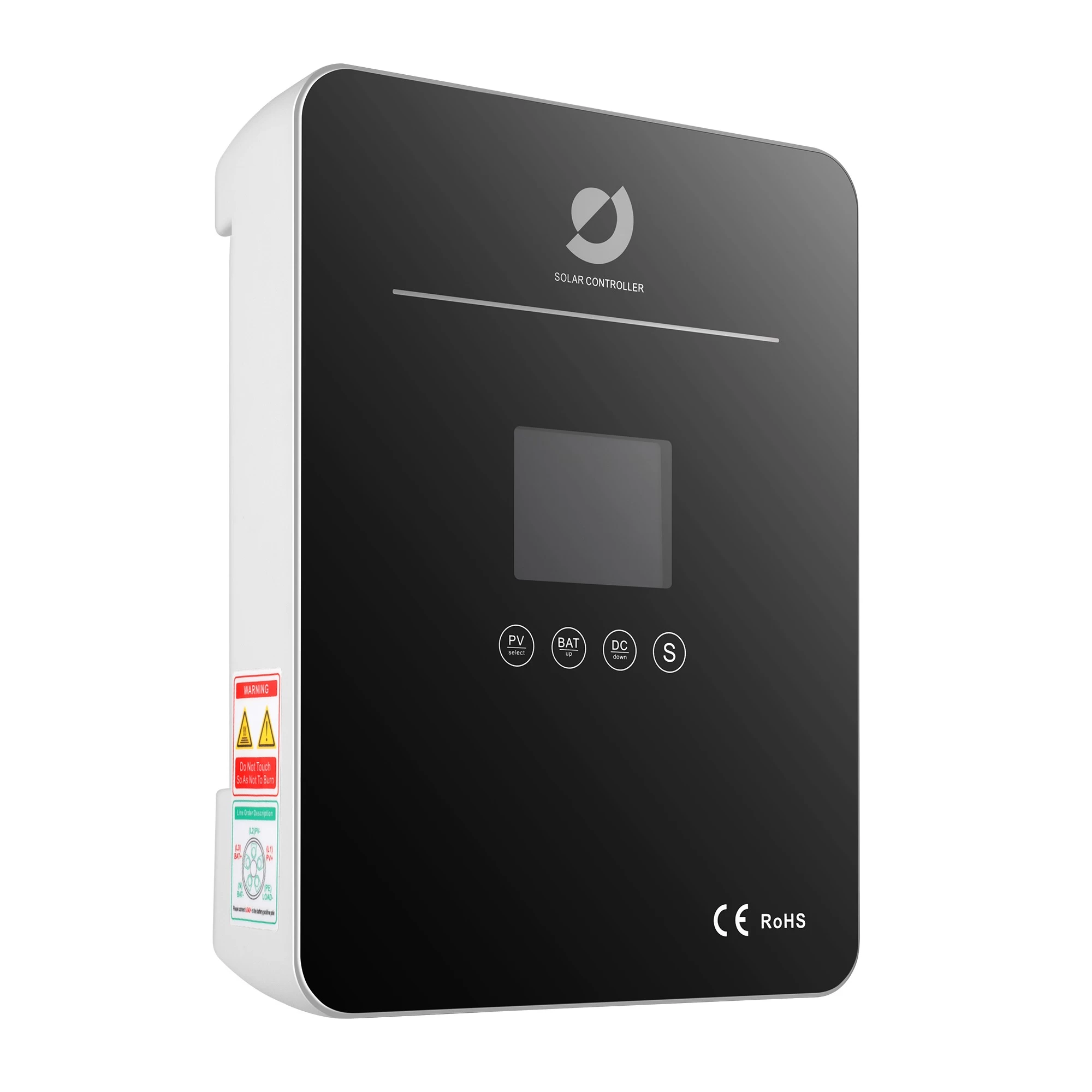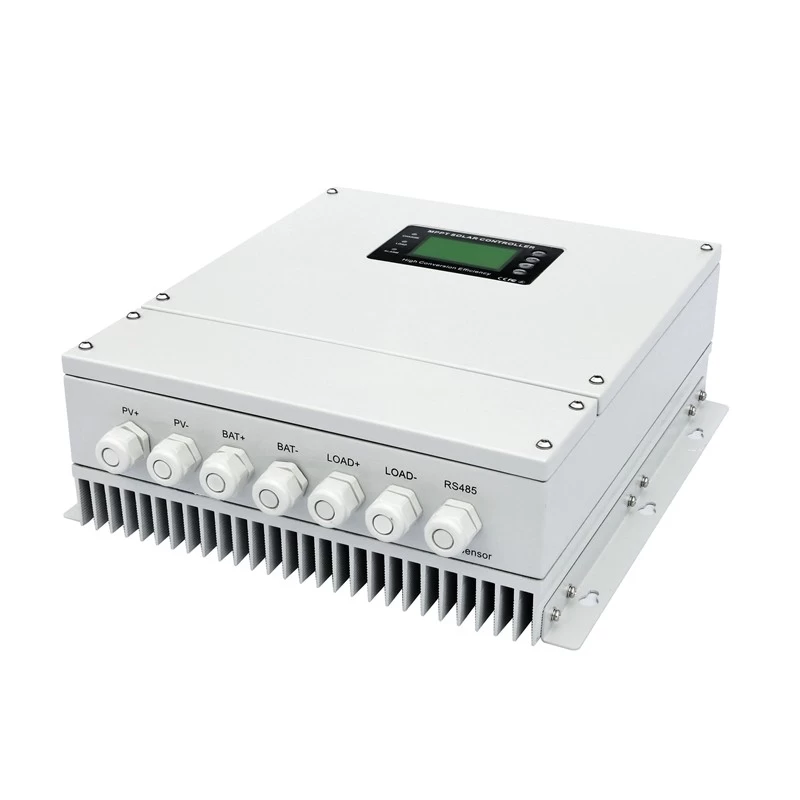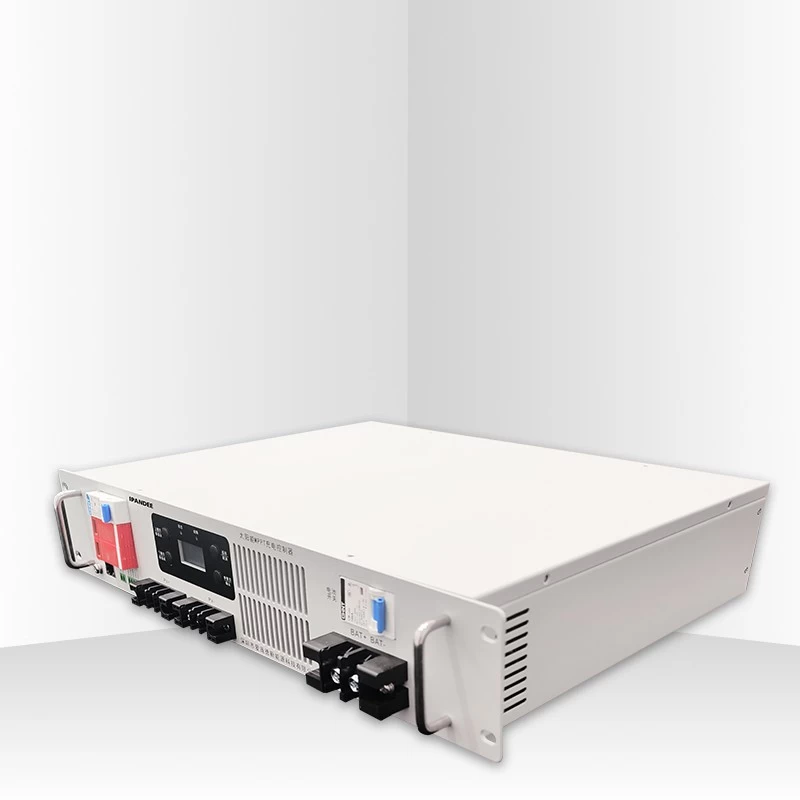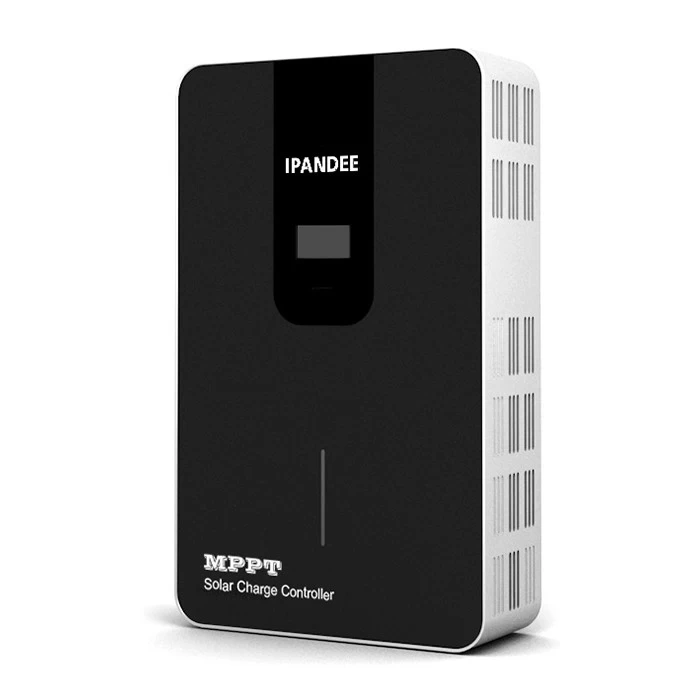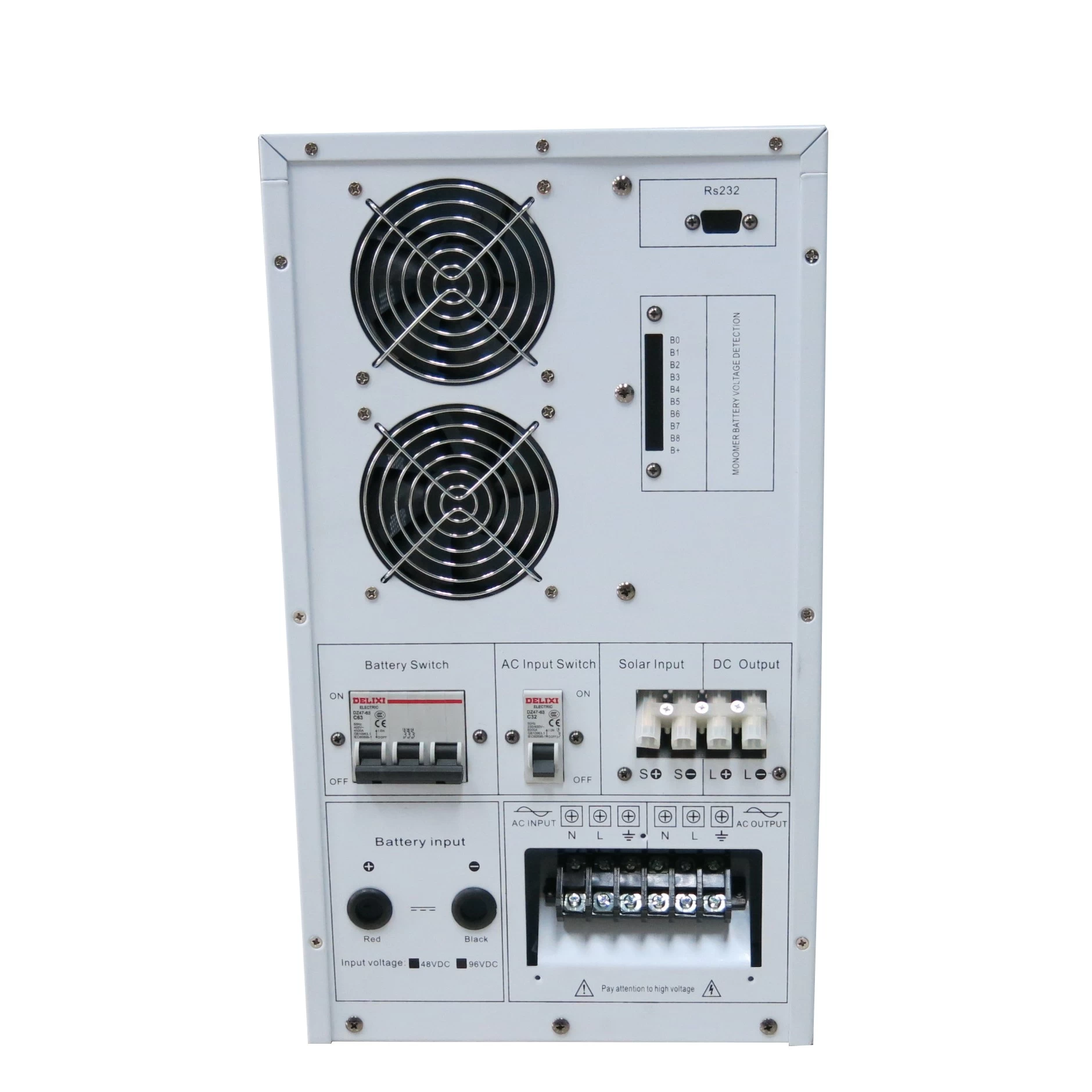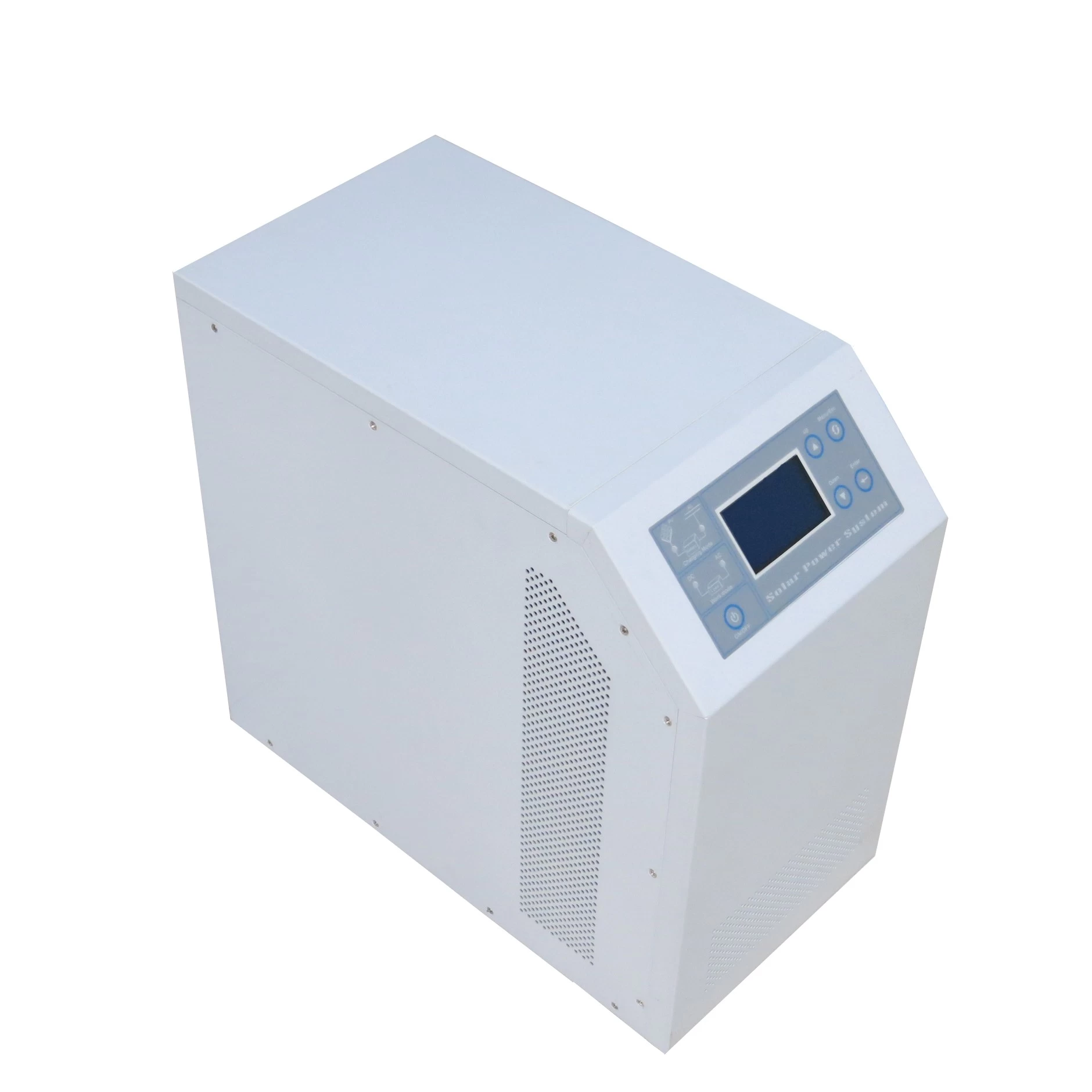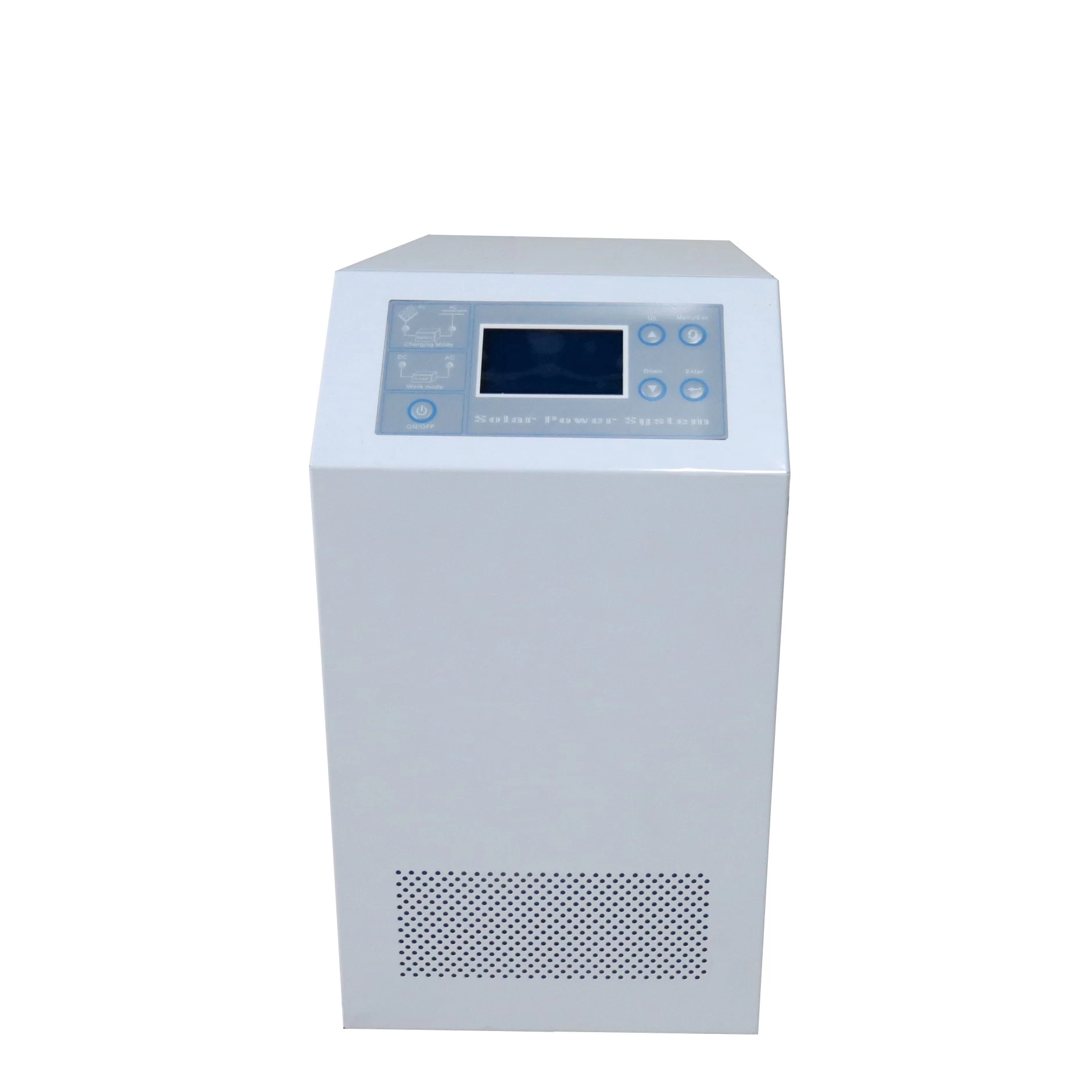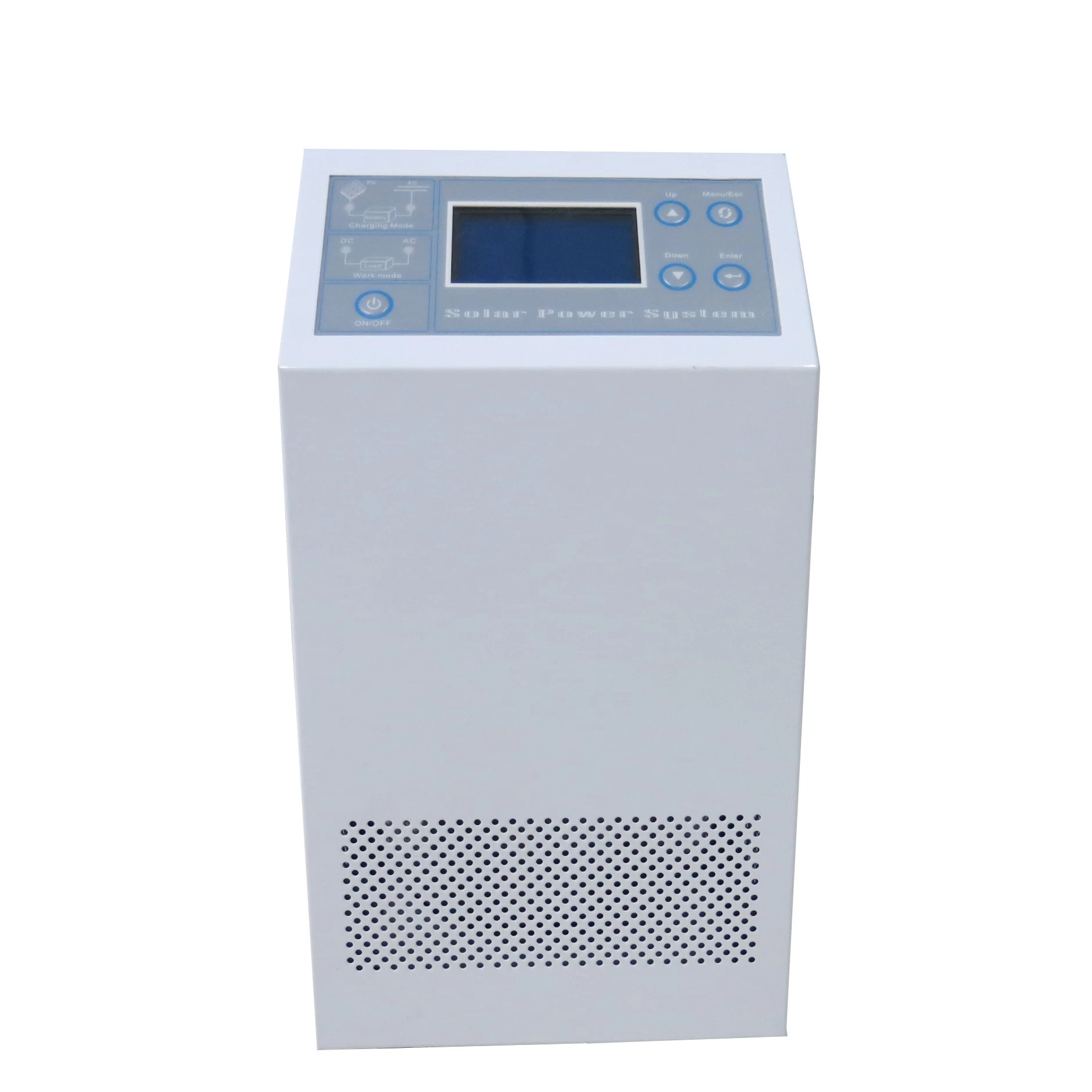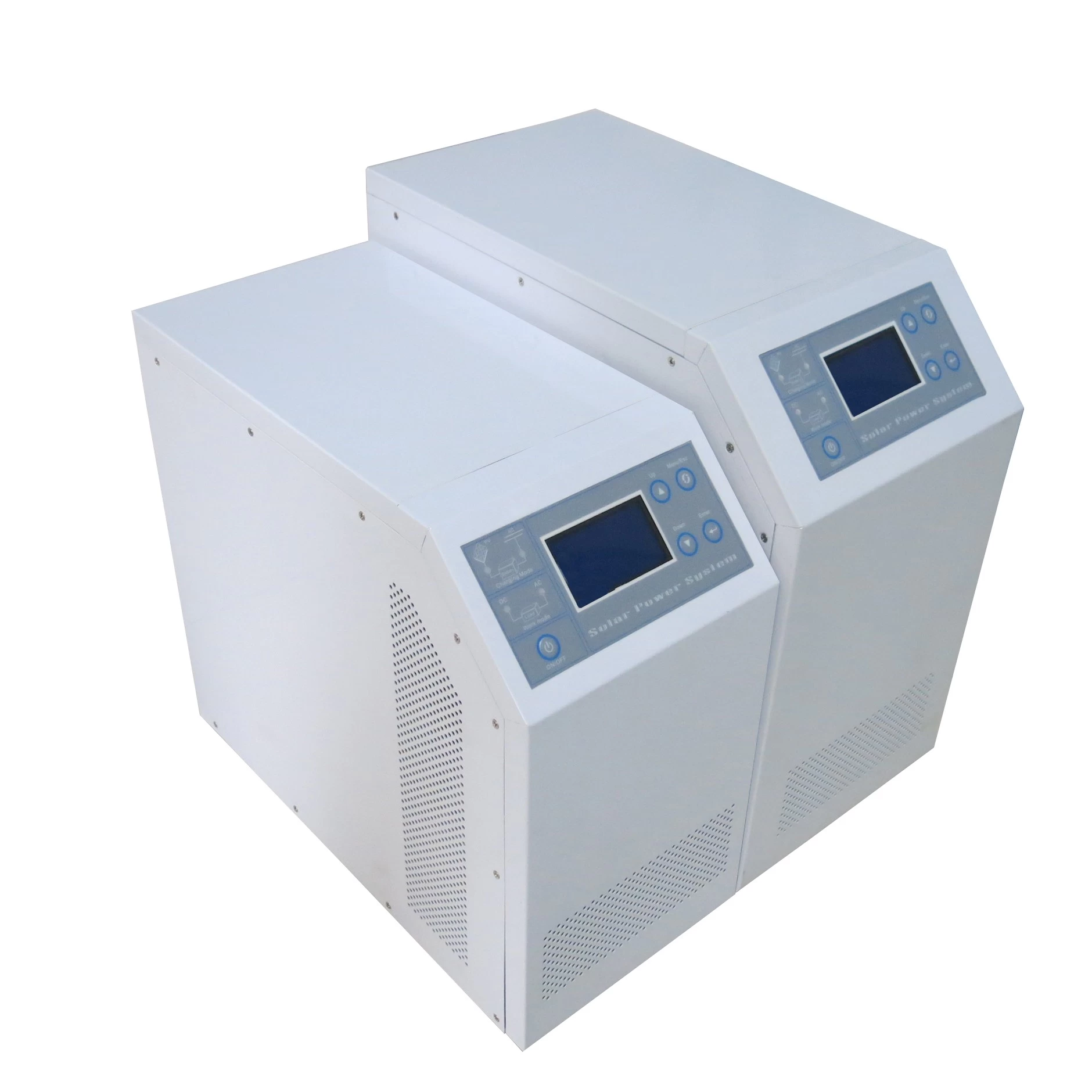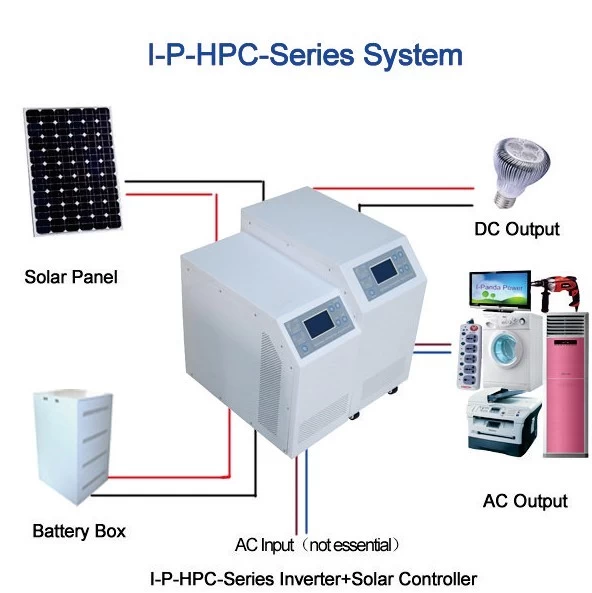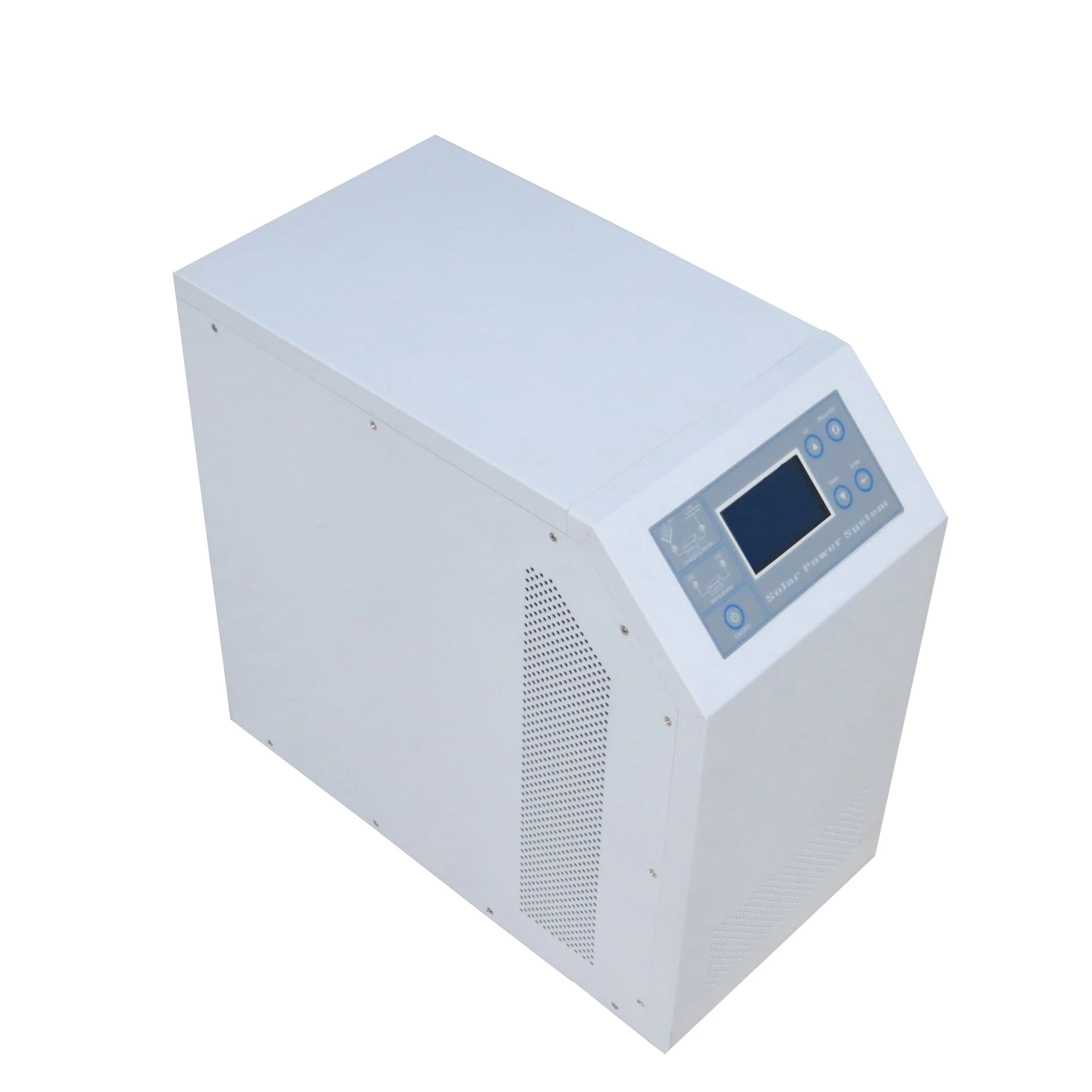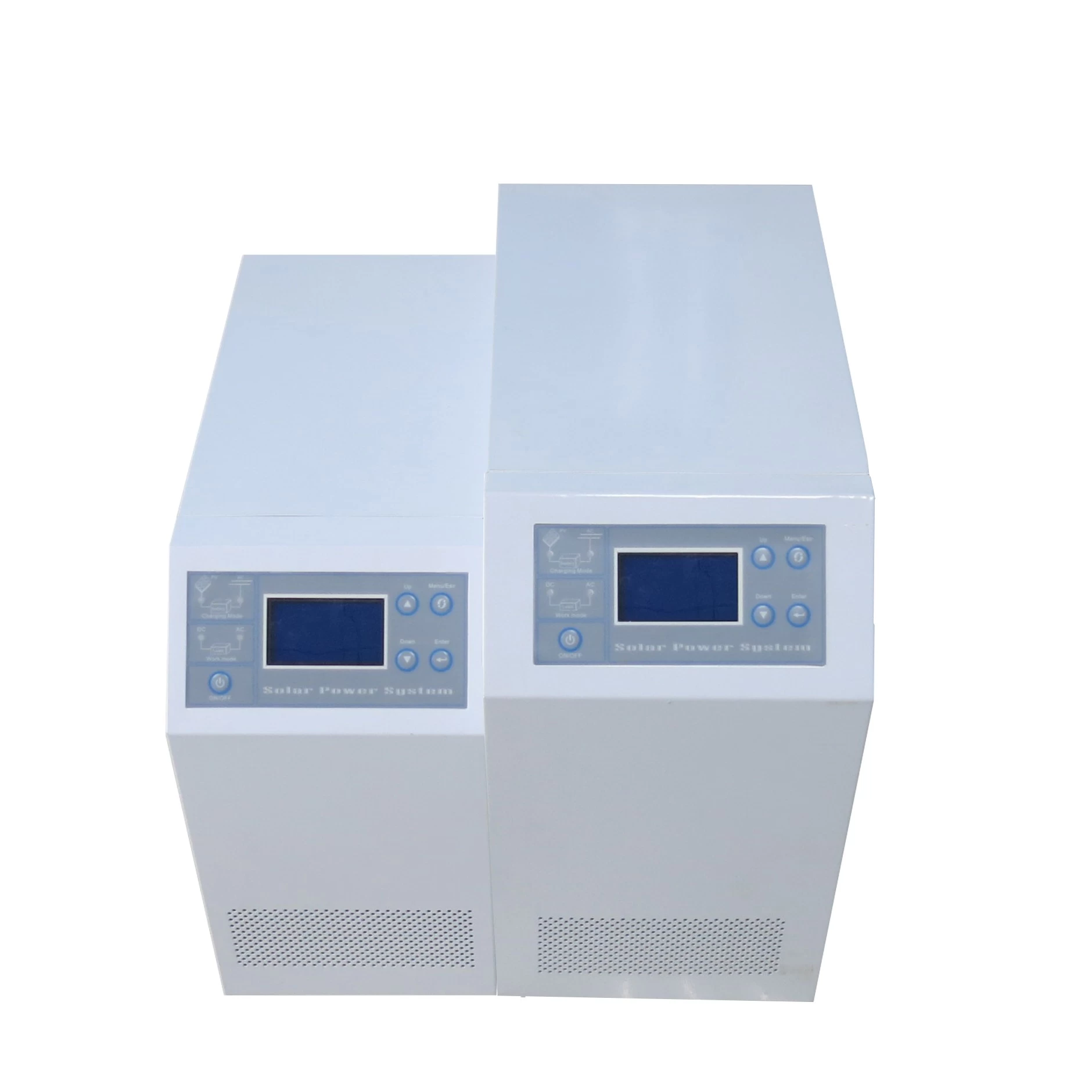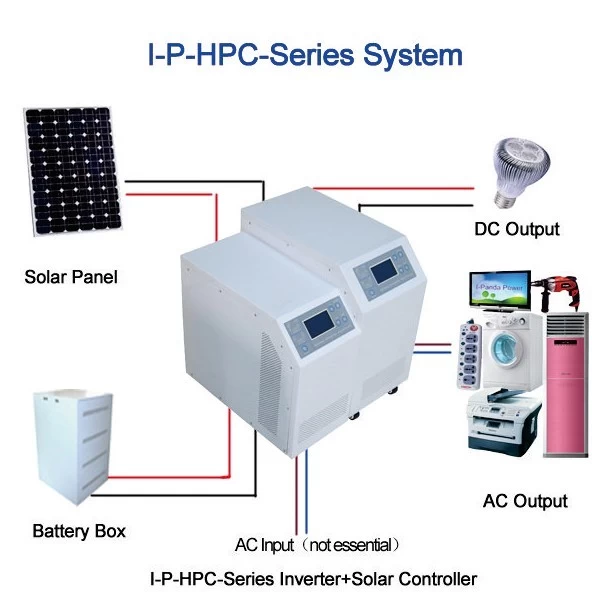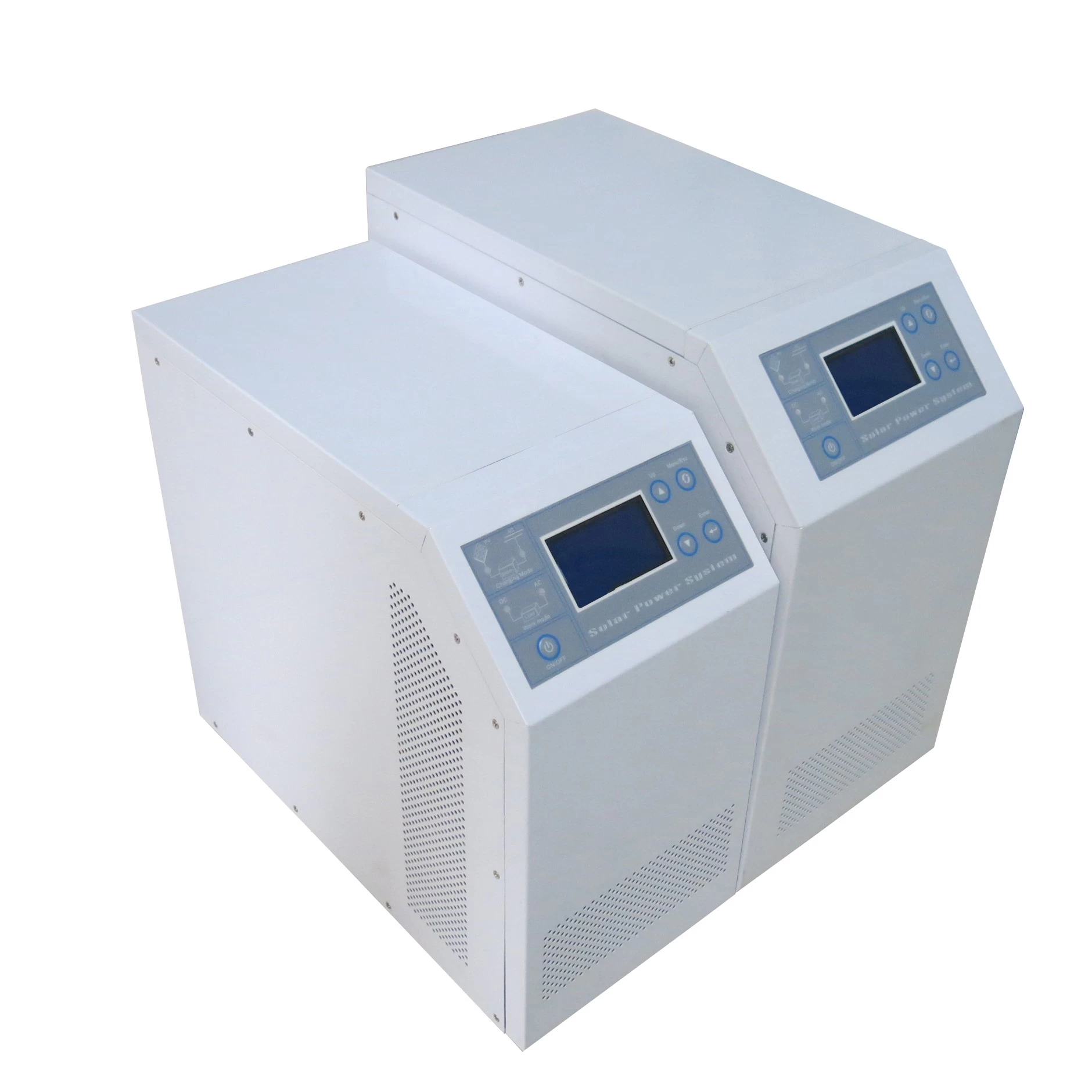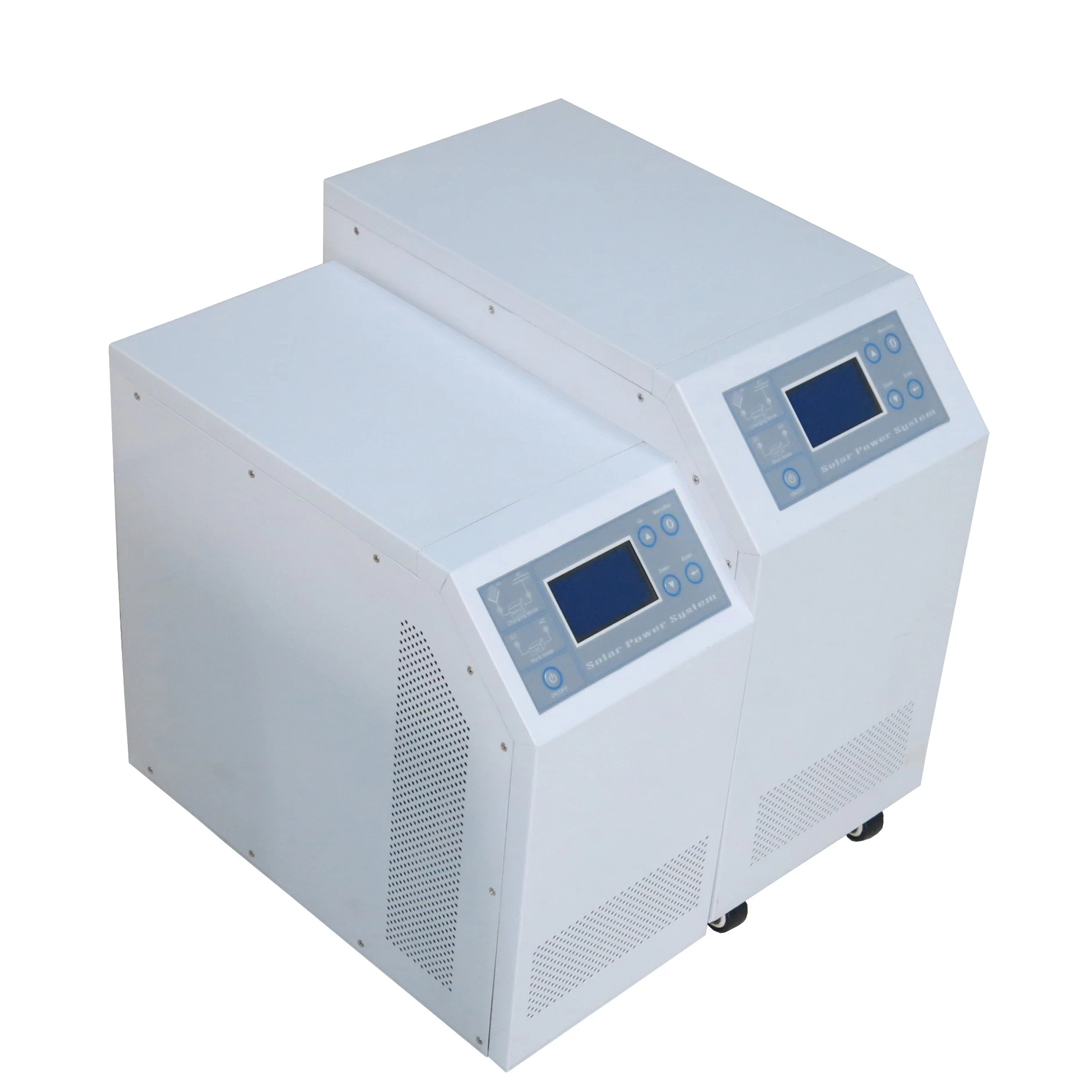- Browse Categories
- EMMPT48 series MPPT solar charge controller
- The Explorer-NS series MPPT solar charge controlle
- MPPT solar charge controller eSmart4
- EXPLORER-M MPPT Solar Smart Digital Controller
- EXPLORER MPPT Solar Smart Digital Controller
- RUNNER MPPT Solar Smart Digital Controller
- GALAXY high power series MPPT solar controller
- MARS outdoor series MPPT solar controller
- eSMART series MPPT solar controller
- MASTER series MPPT solar controller
- Accessories
- (out of product)WISER series MPPT solar controller
- (out of production)Inverter SP Series 350W-20000W
- (Has been removed)
- (out of production)I-Panda SPC Series Inverter
- Certifications
-
- Subscribe
-
Get email updates on new products
- Hot Products
- Contact Us
-
Tel: + 86-755-23091101&+86-755-23091100
Fax: + 86-755-23091102
Information: info@ipandee.com
address: Floor 2, building A2, LiLang Software Park, No. 31, Bulan Road, Nanwan street, Longgang District, Shenzhen
China Post code: 518000 Contact Now
- Follow us
- News
-
-
Why is the inverter starting voltage higher than the minimum voltage?
In the photovoltaic grid-connected inverter, one parameter is strange, that is, the inverter input starting voltage. This voltage is about 30V higher ... -
How to solve the AC inverter overvoltage problem?
just nowPhotovoltaicOn-grid power generation is becoming more and more popular, and ordinary people's homes can see PV power plants in real time. Howe... -
The difference between an improved sine wave and a pure sine wave inverter
This article describes the difference between an improved sine wave and a pure sine wave inverter. ModifiedSine Pure Wave: The most common general pur... -
Europe's first waste photovoltaic panel recycling plant
Solar panels have a service life of 20 to 30 years. Along with the mass production of the global solar energy manufacturing industry in the past few y... -
The world's top ten PV inverter companies
The inverter is also called the power regulator. According to the use of the inverter in the photovoltaic power generation system, it can be divided i... -
Why should the inverter stop working when the grid is out of power?
Some people install a photovoltaic system, they will have a mentality of "even if the power grid is cut off, if there is a sun, and their homes can us... -
What is the difference between MPPT function and solar inverter without MPPT function?
The MPPT controller utilizes maximum power point tracking technology to extract the maximum power from the solar array to charge the battery. The maxi... -
Scientists have discovered that sand can make solar cell silicon materials
According to a report by the Kyodo News Agency on November 6th, visiting professors of the University of Tokyo, Sugawara, and others opened a joint st... -
Domestic energy storage market competition pattern
Energy storage as a new market for many battery manufacturers in China andInverterVendors bring the opportunity to expand new affairs and change the p... -
Portugal will achieve 100% renewable energy supply in 2050
Portugal's Minister of Environment and Energy Transformation João Pedro Matos Fernandes revealed that Portugal will achieve its carbon neutrality tar...
-
I-Panda China manufacturer high efficiency off grid controller hybrid inverter 4000w
- Place of Origin:Shenzhen China (Mainland)
- Brand Name: I-Panda
- Model Number: I-P-HPC-4000W
- Type: DC/AC Inverters
- Technology: CPU control
- Output Power: 4000w
- Output Type: Pure Sine Wave form
- DC Input Voltage: 48V
- AC Input Voltage: 100/110/220/230/240V
- Output Voltage: 100/110/220/230/240V
Pure sine wave inverter with built-in MPPT controller I-P-HPC-Series is a module design. It has the advantages of high conversion efficiency, low power consumption and strong load-carrying ability. With intelligent control, users can set charging mode, (Utility as complementary power) AC first mode or DC first mode, timing inversion mode and timing utility mode, on/off mode. It is one of advanced hybrid inverter & controller in the world.
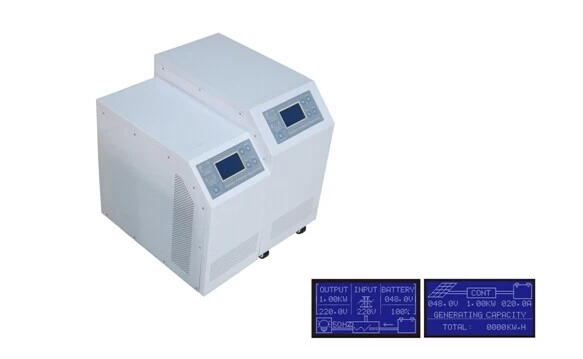
Application
1.Off-grid solar power system
2.Solar and utility complementary power system
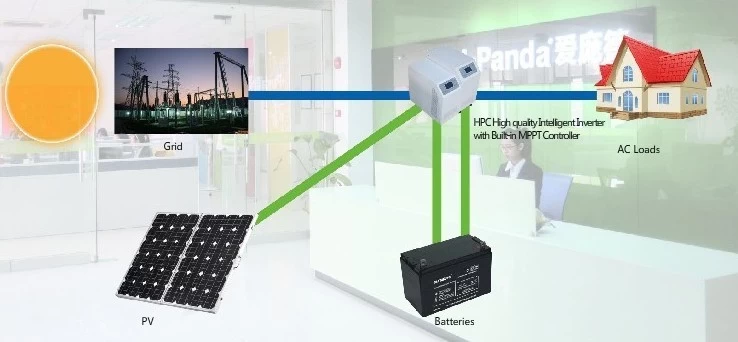
Feature
1.Easy to install.To configure a solar system, users just need to connect it with solar panels and batteries
2.CPU management, intelligent control, modular design, LCD display
3.Built-in MPPT controller, high charging efficiency
4.Low power consumption, high conversion efficiency
5.Intellectual,multi-function, it’s convenient for users to make full use of solar energy in different situation
6. External battery connection, it’s convenient for users to expand back-up power time
7.Strong load-carrying ability, low failure rate, easy to maintenance and long service life (under proper operation, it can last at least 5 years)
8.Perfect protection:low voltage protection, high voltage protection, over temperature protection, short-circuit protection, overload protection
9.CE / EMC / LVD/ RoHS Approvals
10.Two years warranty, life-long technical support
Function
1.Charging function
1.1 PV only mode: when PV and utility are both connected to the inverter, only the PV will charge the battery while utility will not charge the battery.
1.2 PV+AC hybrid mode: when PV and utility are both connected to the inverter, both PV and utility will charge the battery.

2.Utility as complementary power UPS function
2.1AC first, DC standby UPS mode
When utility and battery are connected to the inverter, utility will supply power to the loads preferentially. When utility is cut off, the battery will automatically continue to supply power to the loads.
Steps are as follows:
Step 1: When utility power is available, it will drive the loads directly after voltage being stabilized and charge batteries at the same time.
Step 2: When utility power is cut off suddenly, the inverter will convert DC to AC automatically to ensure uninterrupted power supply within 5ms.
Step 3: When utility power is available again, it will automatically transfer to utility supplying power to loads and charge batteries at the same time.
2.2DC first, AC standby UPS mode:
When utility and battery are connected to the inverter, battery will supply power to the loads prior to utility. When battery capacity is not enough, utility will continue to supply power automatically.
Steps are as follows:
Step 1: When battery has enough power, it will drive the loads directly via power inverter
Step 2: When battery does not have enough power, it will automatically transfer to utility supplying power to the loads
Step 3: After the battery is fully charged (e.g. by solar or wind charge controller), it will automatically transfer to battery supplying power to the loads.

3.Timing function
3.1 On/Off mode: Users can set specific time to turn on/off the output of the inverter.
3.2 Working mode: Battery or utility switchable mode. Users can set specific time when to use battery or utility supplying power (suitable for areas where electric fee is charged differently in different period)

4.Recording/checking function
4.1 Inverter fault checking: Users can check the inverter fault information
4.2 Discharge time checking: Users can check the discharge time of the battery
Parameter
|
Parameter Model |
1000W |
1500W |
2000W |
3000W |
4000W |
5000W |
|||||||||||
|
Rated Output Power |
1000W |
1500W |
2000W |
3000W |
4000W |
5000W |
|||||||||||
|
Peak Power |
2000W |
3000W |
4000W |
6000W |
8000W |
10000W |
|||||||||||
|
Battery (Lead-acid battery) |
24V |
24V/48V(optional) |
48V |
||||||||||||||
|
Charging Parameter |
|||||||||||||||||
|
Charge Mode(setting) |
PV charge |
||||||||||||||||
|
PV charge + utility charge |
|||||||||||||||||
|
MPPT Solar Controller |
Voltage |
24V |
24V/48V |
48V |
|||||||||||||
|
Current |
20A |
25A |
30A |
40A |
40A |
40A |
|||||||||||
|
Max PV Input Voltage |
100V |
||||||||||||||||
|
PV Charge Efficiency |
95%~99% |
||||||||||||||||
|
Max PV Input Power |
568W |
24V: 710W |
24V: 852W |
24V:1136W |
2272W |
2272W |
|||||||||||
|
48V1420W |
48V: 1704W |
48V: 2272W |
|||||||||||||||
|
Utility |
AC Charge Current |
0~15A |
|||||||||||||||
|
Charge Mode |
3-Stage Charging |
||||||||||||||||
|
Inversion parameter |
|||||||||||||||||
|
AC Output |
Voltage |
220V±3% or 230V±3 or 240V±3% or 100V±3% |
|||||||||||||||
|
Frequency |
50Hz±0.5 or 60Hz±0.5 (optional) |
||||||||||||||||
|
Output wave type |
Pure sine wave output, Total Harmonic Distortion THD≤3 |
||||||||||||||||
|
Overload ability |
>120% 1 min, >130% 10s |
||||||||||||||||
|
Power Consumption (under normal working mode) |
0.4A |
24V: 0.5A |
24V: 0.7A |
24V: 0.7A |
0.6A |
0.65A |
|||||||||||
|
48V: 0.4A |
48V: 0.45A |
48V: 0.5A |
|||||||||||||||
|
Power Consumption (under sleep mode) |
1-6W |
||||||||||||||||
|
Inverter Conversion Efficiency |
85%~92% |
||||||||||||||||
|
Utility Mode |
|||||||||||||||||
|
AC Input |
Voltage |
220V±35% or 110V+35%(optional) |
|||||||||||||||
|
Frequency |
The same as utility’s frequency |
||||||||||||||||
|
AC Output |
Voltage |
220V±5% or 110V+5%(optional) |
|||||||||||||||
|
Frequency |
The same as utility’s frequency |
||||||||||||||||
|
Overload Ability |
>120% 1 min,>130% 10s |
||||||||||||||||
|
(AC first or DC first) priority |
|||||||||||||||||
|
UPS Output(setting) |
AC first, DC standby |
||||||||||||||||
|
DC first, AC standby |
|||||||||||||||||
|
Switch Time |
<5ms (AC to DC / DC to AC) |
||||||||||||||||
|
Power On |
Set by users |
||||||||||||||||
|
Timed on / off AC output automatically |
|||||||||||||||||
|
General Parameter |
|||||||||||||||||
|
Display |
Display Mode |
LCD+LED |
|||||||||||||||
|
Display Information |
Input voltage, output voltage, output frequency, battery capacity, load condition, status Information |
||||||||||||||||
|
Protection |
Overload, short-circuit, high-voltage input, low-voltage input, overheat |
||||||||||||||||
|
Environment
|
Temperature |
-10℃~50℃ |
|||||||||||||||
|
humidity |
10%~90% |
||||||||||||||||
|
Altitude |
≤4000m |
||||||||||||||||
|
Size W×D×H(mm) |
438*208*413 |
450*246*468 |
|||||||||||||||
|
Packing Size W×D×H(mm) |
520*310*460 |
540*300*518 |
|||||||||||||||
|
Net Weight (kg) |
15 |
17 |
19 |
25 |
34 |
35 |
|||||||||||
|
Gross Weight (kg) |
16 |
18 |
20 |
27 |
40 |
41 |
|||||||||||
Pictures
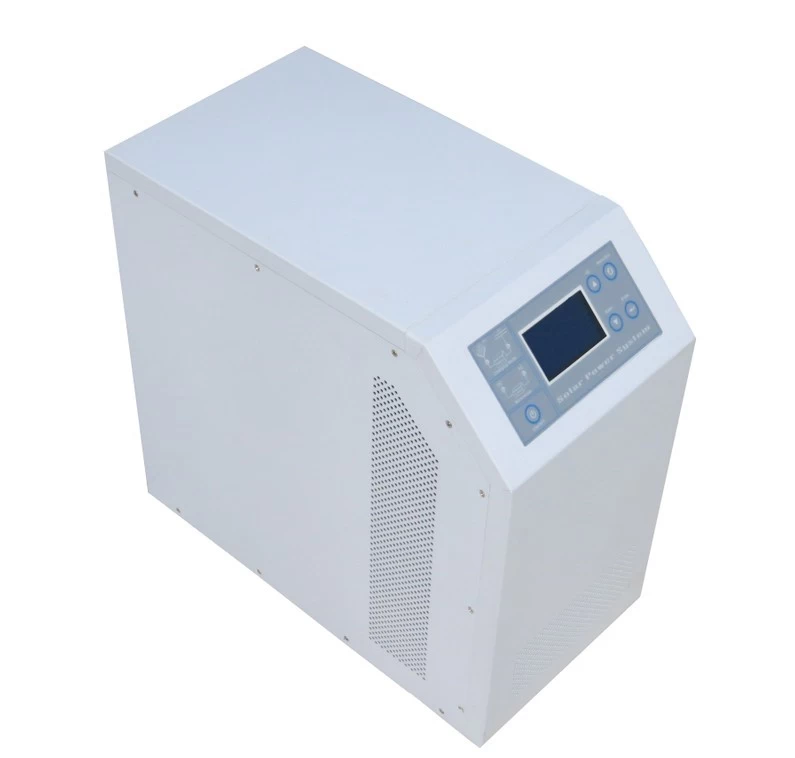
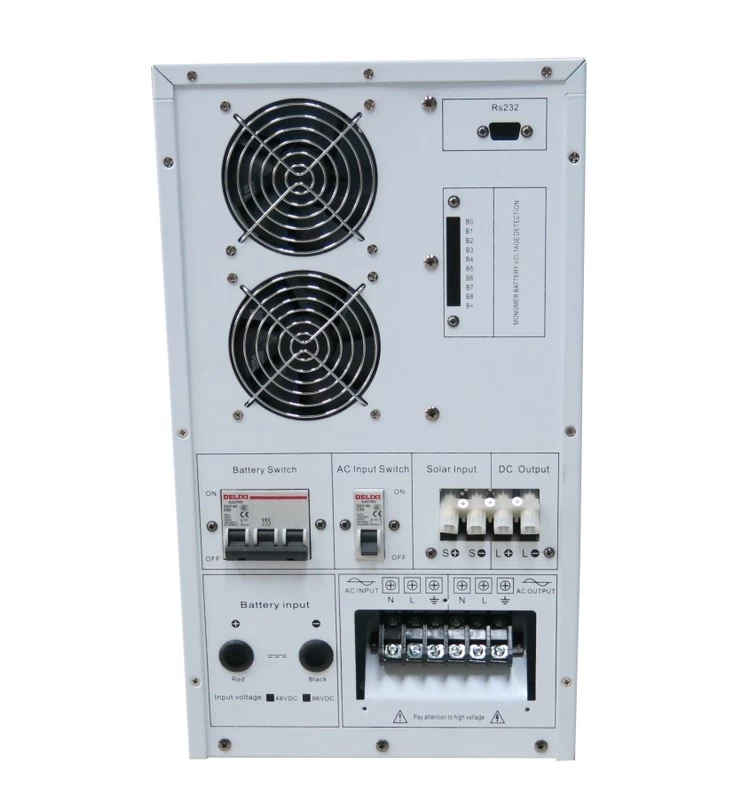
Tel:+86-15002089033
Contact Person:Henry Feng
PDF Show:PDF





